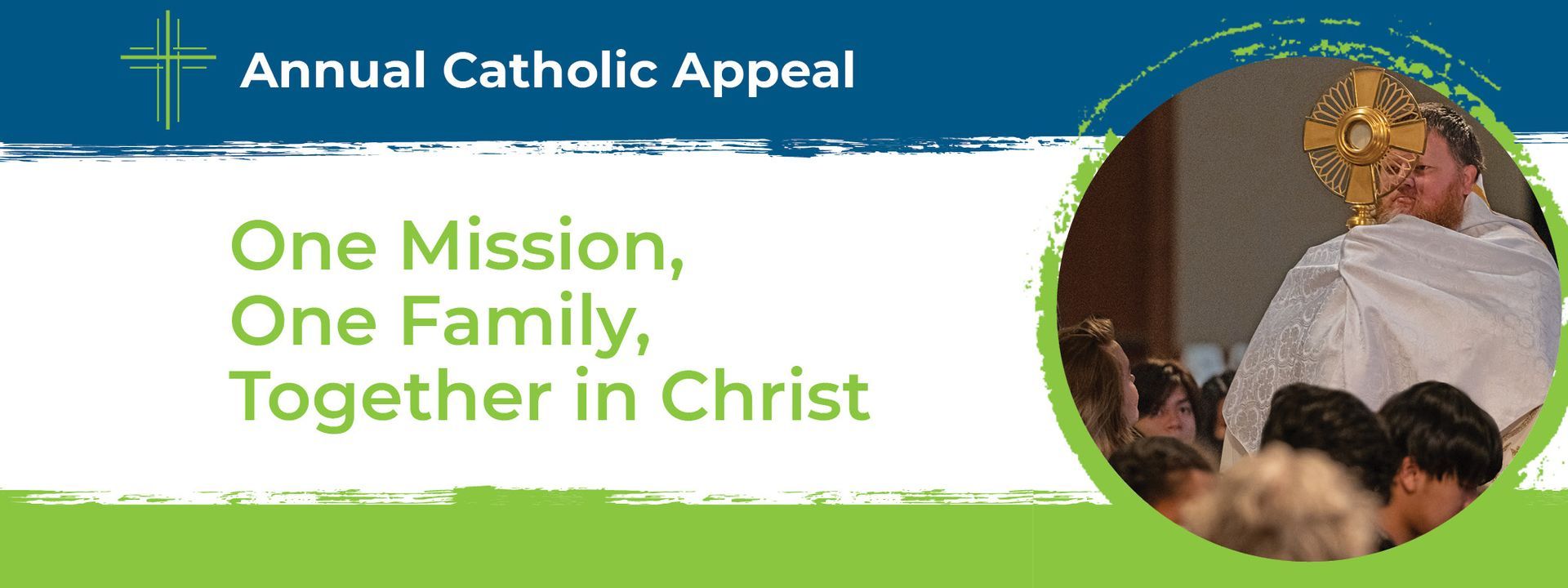Our Story
About St. Vincent de Paul, our patron
Parish Patron St. Vincent de Paul was a peasant who started out in life with an eye to getting ahead in the world and wound up devoting his many talents to the service of the poor, the sick, orphaned children, convicts and slaves. He deliberately discarded his worldly ambitions to serve God. In his lifetime, he moved among the great men and Women of his age-the king and queen, the hierarchy, the illustrious, the wealthy. He was in a position to use political power but didn’t.
Undoubtedly, St. Vincent de Paul was one of the greatest organizers who ever lived. However, he was not canonized for his stupendous talents as an organizer but because he was a saint. The story of his life is truly inspirational and has been the subject of many books. Naturally, a number of sentimental legends developed about him. Recent historians have pointed out that these legends, charming as they may be, could not possibly add to the stature of so great a saint.
Peasant Background Vincent was the third of six children born to a peasant couple in the village of Pouay in Southern France. His father owned a small farm. Recognizing the exceptional intelligence of the youth, his father arranged for him to attend school. Seminaries supported by the dioceses did not exist at this time. Vincent decided to become a priest and was determined to obtain the best education possible so that he might rise in the church, not an unworthy ambition. He prepared himself by studying at the university in Toulouse. He might easily have been satisfied with the usual requirements of the time- just enough Latin to say Mass and administer the sacraments-if he had not been so ambitious. He was ordained in 1600 at the age of 19. Young “Monsieur Vincent,” as he was called, went to Marseille in 1605 and on his return trip to Paris was taken prisoner by pirates and held in captivity for two years. The pirates sold him as a slave to a fisherman. He was sold again because he was always too seasick to be of much use.
His next master was an old magician with whom he was able to ingratiate himself. The magician taught him some bogus alchemy and ventriloquism. He was later to amuse his friends with the latter art and once even entertained the Pope and cardinals in Rome in this manner. He made his escape from captivity and came in contact with a priest who had lost his faith. St. Vincent tried for some time to bring the fallen priest back to the Faith and finally was successful. In connection with this episode he was inspired to make an absolutely sincere surrender of his whole life to the service of the poor. The offering was difficult because, as he himself wrote, by nature he “never had any particular devotion to the poor, nay rather the opposite.”
Upon his return to Paris, St. Vincent met Cardinal Berulle, a man of considerable influence. He was given a priory and made this the center of his mission work among the poor. Appalled by the spiritual and material poverty of the peasants of France, he started visiting the villages and giving mission. Several learned priests, impressed by his example, joined him. From this start, under St Vincent’s direction, the Congregation of the Priests of the Mission instituted. Because of the success of the missions among the villagers, St. Vincent started missions or retreats for students about to be ordained. Out of this grew the first seminaries in France. His retreats then extended to the learned laymen of the time.
St.. Vincent accepted the post of grand chaplain to the gaI1ey sIaves, a position he held until the end of his life. The famous story that the saint once took the place of a galley slave so that the slave might visit his family has been shown by his most thorough biographers to have been just a legend.
One of the most remarkable things about St. Vincent was his tremendous influence with women of high social standing. His portraits testify that he was anything but a glamour-boy type. With his bulbous nose, heavy chin, apparently few teeth, and bright little eyes, he was about as ugly-looking as humans come. His good humor, kindliness, sanctity, unselfishness and good manners dominated. The finest drawing rooms were open to him. The high-born ladies opened their purses for his charities. But he needed more than money. Always practical, he organized the wealthy women into an auxiliary known as the Ladies of Charity. One of these Ladies of Charity, Louise de Marillac, also to become a saint, under St. Vincent’s guidance organized another auxiliary, drawing membership from the sturdy peasant girls. This auxiliary cared for the poor and was the beginning of the Sisters of Charity, correctly called Daughters of Charity.
St. Vincent had so many irons in the fire it is difficult to determine which might have been his favorite charitable work. He obviously was deeply moved by the plight of abandoned children and with the help of the Ladies of Charity and the Daughters he established homes for foundlings. Touching as the legend is, there seems to be little truth in the story that he went about the alleys of Paris filling his cloak with infants. It was he who revolutionized the hospitals of France and was one of the first to provide humane care for the mentally ill. He also raised large sums of money to ransom Christian captives in North Africa.
During the Thirty Years War he established food kitchens in Paris and raised thousands of dollars to distribute in relief. ‘Slave of God’ A humble priest, despite setbacks, disappointments and even slander, he kept serenity and evenness of mind. His one desire was to be a “slave of God.” He did not seek honors for himself. In the last years of his life he was sick a great deal and died Sept. 27, 1660. He was canonized by Pope Clement XII and Pope Leo XIII named him the patron of Catholic charitable societies.
St. Vincent de Paul
Catholic Church
30525 8th Ave S,
Federal Way, WA 98003,
253-839-2320

MISSION
Inspired by the Holy Spirit and empowered by the Sacraments, our diverse community worships, serves and grows in the love and knowledge of Jesus.
FOCUS
To accompany one another into a year of favor, through Eucharistic revival, with openness to being made new.
IDENTITY
We are Eucharistic people who pray, serve, play, and stay together with Jesus, and one another.
VISION
We are a growing Catholic community united and passionate in deepening and sharing our relationship with Jesus Christ through justice, love, and compassion.







